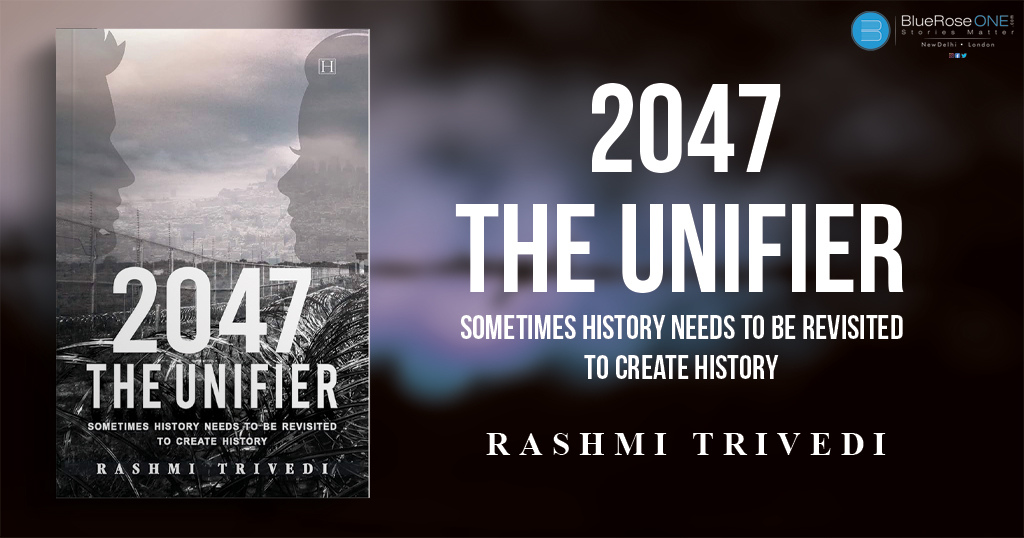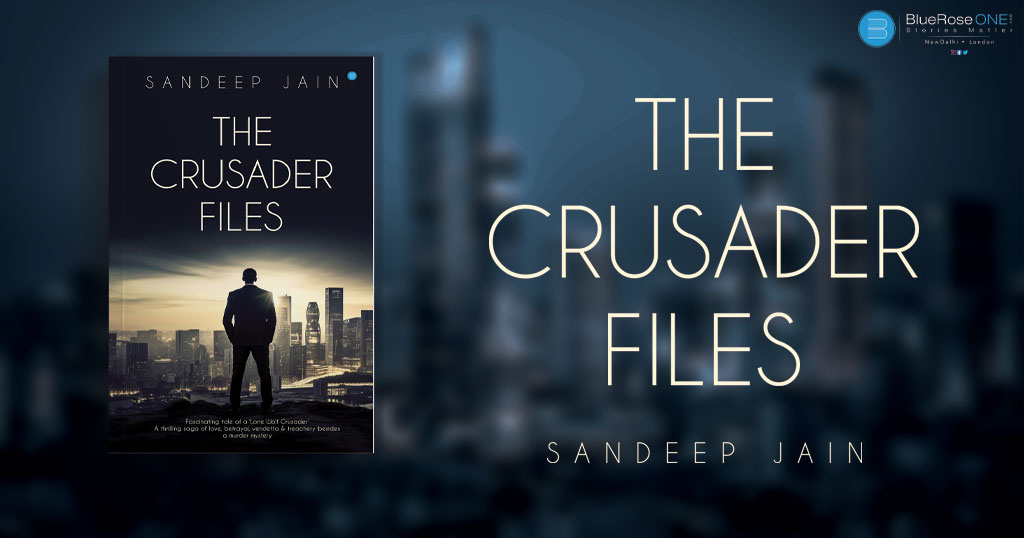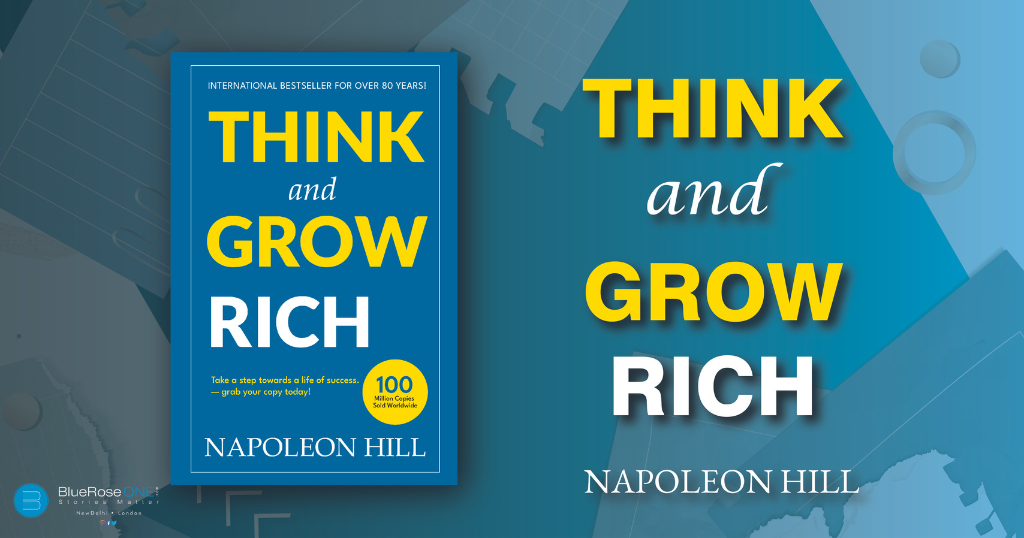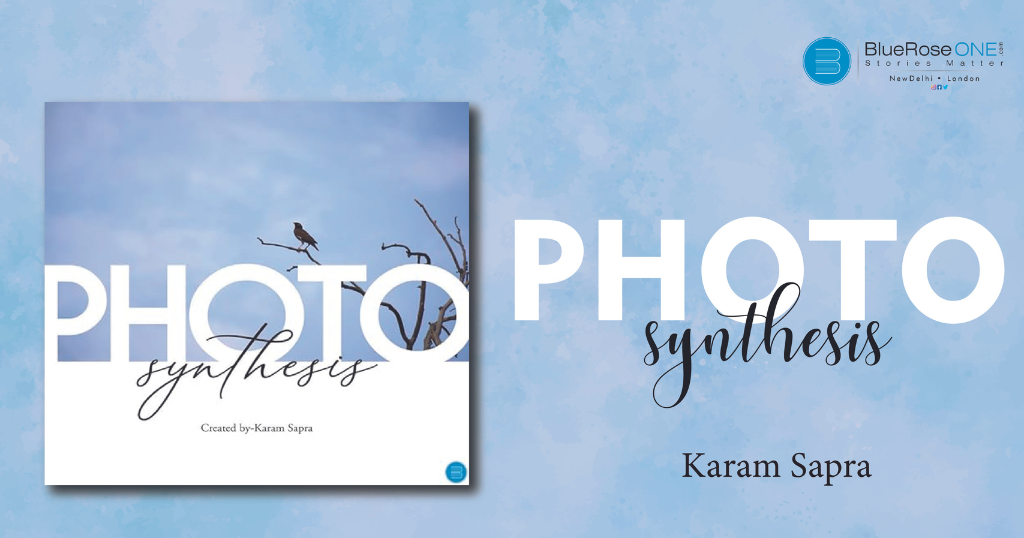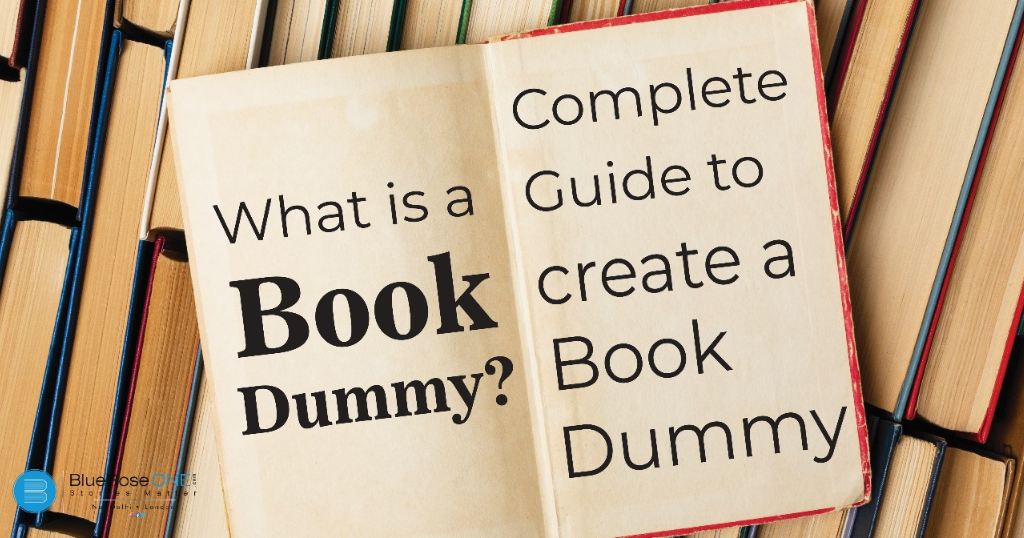
What is a Dummy Book ?
So, you’ve got an incredible story or idea for a book, and you’re ready to bring it to life. But where do you start? Enter the book dummy, a crucial tool in the world of publishing. In this comprehensive guide, we’ll explore what a book dummy is, why it’s important, and how you can create one to turn your literary dreams into reality. Read: A Complete Guide on How to Make Your Book an International Bestseller What is a Book Dummy? What do you mean by “Book Dummy”. A book dummy, often referred to as a mock-up or prototype, is a preliminary version of a book that serves as a visual representation of the final product. It’s not just a regular manuscript; it includes layout, design, and sometimes even illustrations. The primary purpose of a book dummy is to give the author, illustrator, or publisher a tangible preview of how the finished book will look and feel. Why are book dummies important? Book dummies offer several advantages: What Is the Format of a Dummy Book? The Anatomy of a Book Dummy A book dummy typically includes the following elements: Physical vs. Digital Dummies Book dummies can be physical or digital, depending on your needs and resources. Physical dummies are printed and bound, giving you a tactile experience of the book. Digital dummies are created using software and can be easily shared with collaborators, publishers, or for self-publishing You may also like: Fantasy books complete publishing guide in india 2024 Creating Your Book Dummy Step-by-Step Guide Tools and Resources for Creating a Book Dummy Read: Facebook Book Marketing: 7 Steps on How to Promote Your Book on Facebook Creating a book dummy is an essential step in the journey from idea to published work. Whether you dream of traditional publishing or self-publishing, a well-crafted book dummy will guide you through the process, ensuring that your vision becomes a reality. So, grab your creativity and start crafting that masterpiece; the literary world is waiting for your story.
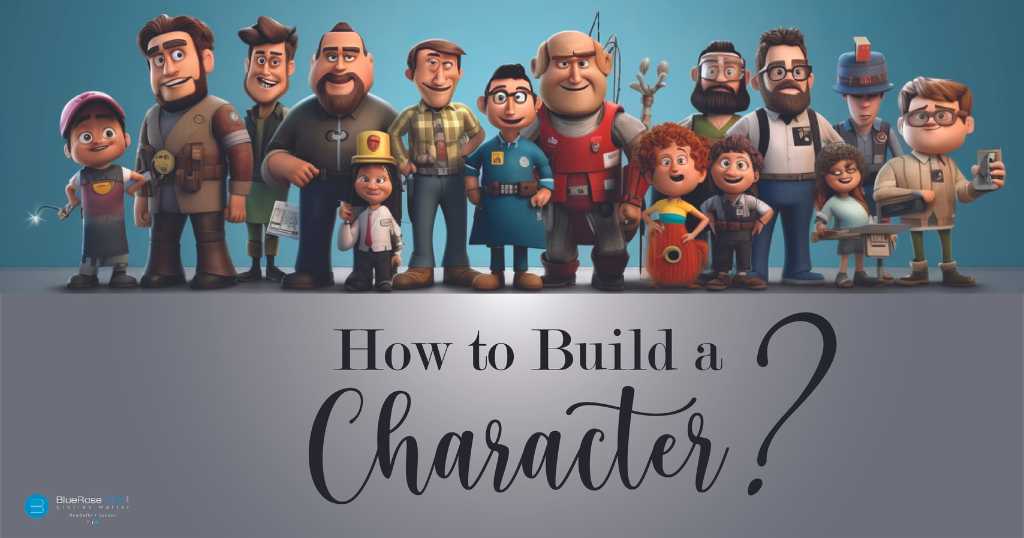
How to do Character Development: Bringing Your Characters to Life
In a world where reality is fictionized to make up for the lack of resonance, characters are made to be our comfort zones. In a book, a character is a fictional person, being, or entity created by the author to play a role within the story. Characters are central to the narrative and are typically individuals with their own personalities, backgrounds, motivations, and complexities. They can be protagonists, antagonists, supporting characters, or even minor characters, each serving a specific function in advancing the plot, conveying themes, or providing depth and context to the story. A well-developed character is not just a name and a physical description; it is a multi-dimensional entity with emotions, desires, flaws, and a unique voice. Readers or viewers engage with these characters, forming connections and emotional attachments as they follow the characters’ journeys and growth throughout the book. Read: How to Beautify Your Book’s Back Cover Design: A Step-by-Step Guide The portrayal and development of characters play a pivotal role in making a story relatable and compelling to the audience. There are many characters who have become our favourites, whether they are the main leads or supporting characters. But why and how does that happen? Why do we connect with them? Why do we feel what they feel? It is pretty simple. Because they are written so well and enigmatically, they draw us towards them. In this blog post, we will be going in depth as writers and readers as to how a character is built to be a fan’s favourite. Protagonist: Zero until the writers make them heroes. The protagonist is the central character around whom the story revolves. The protagonist is typically the character whose journey, challenges, and growth the narrative primarily focuses on. They are often the characters with whom the reader or audience is meant to identify or empathize. The protagonist is at the forefront of the story’s action and is usually involved in the major conflicts or dilemmas that drive the plot forward. The role of the protagonist can vary from one story to another. In some cases, the protagonist is a hero or a character with admirable qualities, while in others, the protagonist may be more complex, with both strengths and flaws. Protagonists can come in various forms, including heroes, anti-heroes, and everyday individuals. Their character development and their journey through the story are central to the overall narrative structure. Developing a protagonist’s character to be realistic and relatable is a cornerstone of crafting a compelling narrative. To achieve this, it’s imperative to create a character with depth and complexity. A one-dimensional, flawless protagonist can alienate readers, as they may struggle to identify with such perfection. Instead, imbue your main character with a rich backstory that informs their present actions and motivations. Read: How to pick between Paperback, Hardcover, eBook – What’s best for you? Explore their strengths and weaknesses, ensuring that their flaws are as apparent as their virtues. These imperfections make characters more relatable and human. Clearly define your protagonist’s motivations and goals, as these desires are what drive the plot forward. The protagonist should undergo both internal and external conflicts, wrestle with moral dilemmas, and experience moments of self-doubt. Crafting a well-thought-out character arc is essential, showcasing their evolution throughout the story. By allowing your protagonist to grow and change in response to their experiences, you invite readers to join them on a journey of self-discovery and transformation. Infuse the character with a unique voice, use dialogue and interactions to reveal their personality, and remember to “show, don’t tell.” Ultimately, relatability comes from the protagonist’s humanity, vulnerabilities, and the authenticity of their struggles. It’s this relatability that forges a strong connection between the character and the reader, ensuring their immersion in the narrative. Antagonist: Readers’ Guilty Pleasure and Writers’ Dark Side The antagonist is a character or force that opposes the protagonist, creating conflict and tension within the story. The antagonist serves as the primary source of opposition and stands in the way of the protagonist’s goals or desires. They are often responsible for creating obstacles, challenges, and dilemmas that the protagonist must overcome, driving the plot forward and providing a central source of conflict. Antagonists come in various forms and can be complex characters with their own motivations, or they can be more one-dimensional figures whose primary purpose is to act as an obstacle to the protagonist’s journey. Some antagonists may be villains, but not all antagonists are necessarily evil or malevolent; they simply have goals or interests that conflict with those of the protagonist. The role of the antagonist is essential in shaping the narrative and helping to reveal the strengths and weaknesses of the protagonist. The tension and conflict generated by the antagonist are central to the story’s progression and often lead to character development and growth in the protagonist. Developing a realistic and relatable antagonist is a pivotal aspect of crafting a dynamic and engaging narrative. To achieve this, it is essential to delve deep into the character’s psyche. Start by defining their motivations and goals clearly, providing insight into what drives them. Avoid the clichéd, one-dimensional villain and opt for complexity, crafting a backstory that elucidates their evolution and choices. Develop a moral code that, while differing from the protagonist’s, remains consistent within their worldview, thus presenting moral dilemmas. Like the hero, the antagonist should possess flaws and vulnerabilities, rendering them human and relatable. It’s often these imperfections that generate empathy. Incorporate moments that allow readers to connect with the antagonist, showcasing their struggles and vulnerabilities. Consider granting the antagonist a character arc, offering opportunities for change and growth, and exploring their relationships with other characters. Reveal a range of emotions, from doubt to regret, and imbue them with humanising qualities, be they a sense of humour or moments of genuine care. In dialogue and monologues, provide insights into their mindset, always adhering to the “show, don’t tell” principle. Ultimately, creating an antagonist with depth and relatability adds layers to your story, making it more engaging and thought-provoking…
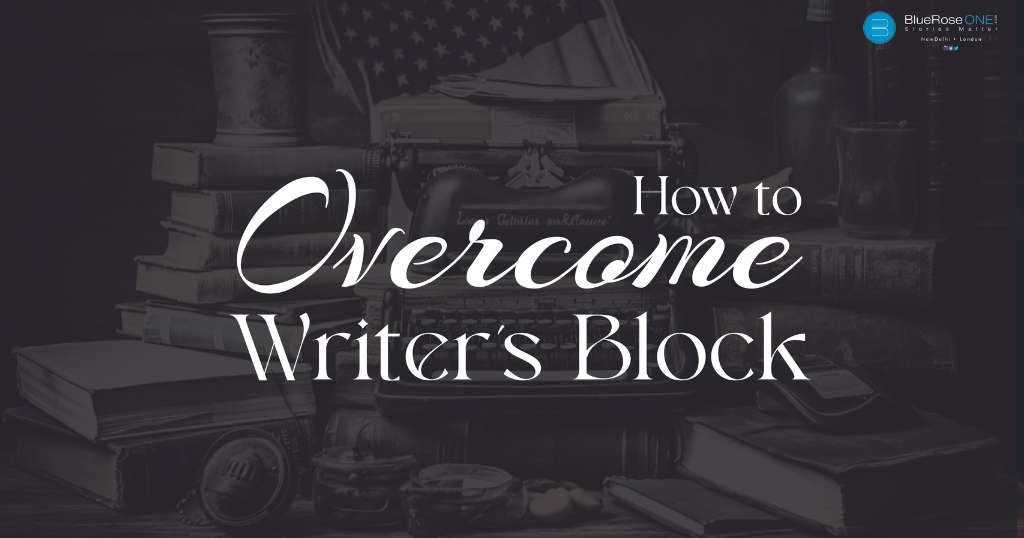
How to Overcome Writer’s Block: 10 Proven Ways to Unlock Your Creativity
Writer’s block is a term familiar to anyone who has ever attempted to express themselves through the written word. It is a frustrating and often paralysing condition when a writer finds themselves unable to produce new work or experiences a significant slowdown in their creative output. Read: Book Review – Think and Grow Rich a Book by Napoleon Hill. Writer’s block is a common phenomenon, affecting professional writers, students, bloggers, and even casual journal keepers. In this essay, we will explore the nature of writer’s block, its causes, and strategies to overcome it, as well as the importance of fostering a conducive creative environment. Understanding Writer’s Block Writer’s block is often described as a creative paralysis that can manifest in various forms. Some writers may experience a complete inability to start a new project, while others may be unable to continue an existing one. It can manifest as a lack of ideas, an inability to find the right words, or a general feeling of frustration and stagnation. Causes of Writer’s Block The causes of writer’s block are multifaceted and can vary from person to person. Here are some common factors contributing to this creative roadblock: Perfectionism: Writers who strive for perfection often impose impossibly high standards on themselves, setting an unrealistic bar for their work. This relentless pursuit of flawlessness can become a significant obstacle as it leads to self-criticism, self-doubt, and an intense fear of falling short of these lofty expectations. The result is often creative paralysis, where the writer struggles to put words on paper, constantly revising and critiquing their work instead of progressing. Fear of Failure: The fear of producing subpar work is a common affliction among writers. This fear can be paralysing, causing self-doubt and anxiety that hinder the writing process. Writers may avoid writing altogether to evade the possibility of failure, even though imperfection is an inherent part of the creative process. Overcoming this fear is crucial to breaking free from writer’s block and allowing creative expression to flow. Lack of Inspiration: A writer’s block can be triggered by a lack of fresh ideas and inspiration. When a writer feels uninspired or creatively drained, it can be debilitating. The absence of a creative spark makes it challenging to start or continue writing. Overcoming this obstacle often requires actively seeking inspiration from various sources, exploring new experiences, and rekindling one’s passion for writing. External Distractions: A conducive writing environment is crucial for maintaining focus and creativity. External distractions, such as noisy surroundings, interruptions, or a cluttered workspace, can disrupt the creative flow. These distractions divert the writer’s attention away from the task at hand, making it difficult to concentrate on writing. Creating a quiet and distraction-free space is essential to combating this hindrance. Procrastination: Procrastination is a common enemy of productivity and creativity. Putting off writing tasks leads to a buildup of anxiety and frustration. The longer a writer delays, the more daunting the task can become. This avoidance behaviour can create a cycle of anxiety that makes it even harder to start or continue writing. Breaking the habit of procrastination requires discipline and time management skills. Overworking: An excessive workload, often compounded by unrealistic deadlines, can lead to mental exhaustion and creative burnout. When writers push themselves too hard and don’t allow for breaks and relaxation, they may find their creativity stifled. Overwork can contribute to writer’s block by depleting the mental and emotional reserves needed for effective writing. Balancing workloads and setting achievable deadlines are essential to preventing this form of creative stagnation. Importance of a Conducive Creative Environment Creating an environment conducive to creativity is essential for preventing and overcoming writer’s block. Here are some key elements to consider: Physical Comfort: Creating a comfortable and ergonomic writing environment is essential for maintaining focus and productivity. A comfortable chair ensures that you can write for extended periods without physical discomfort. Good lighting minimises eye strain and supports alertness. An organised workspace reduces clutter and promotes efficiency. By eliminating physical distractions and discomfort, you can concentrate on your writing, allowing ideas to flow more freely and reducing the likelihood of writer’s block. Inspiration: Surrounding yourself with inspirational elements can significantly enhance your creative output. Objects, books, art, or mementos that resonate with your interests and passions serve as visual cues that trigger your creativity. They can remind you of the reasons you love writing and provide a source of motivation. When you encounter obstacles, these inspirational items can reignite your enthusiasm and help you push through creative challenges. Supportive Routine: Establishing a consistent writing routine is a powerful tool for overcoming writer’s block. Designated writing times condition your mind to be creative during those periods. It becomes a signal to your brain that it’s time to focus and produce. Having a routine also provides a sense of stability and predictability, reducing anxiety and resistance to starting or continuing your writing projects. Minimise Distractions: Distractions can be one of the most significant impediments to productivity and creativity. Minimising distractions, whether it’s silencing your phone, finding a quiet writing space, or using website blockers to stay off social media, is crucial. Clearing your environment of potential interruptions allows you to maintain deep concentration on your work. This heightened focus enables the creative flow to flourish and keeps writer’s block at bay. Healthy Lifestyle: A healthy lifestyle directly influences your mental clarity and creative capacity. Regular exercise increases blood flow to the brain, improves cognitive function, and reduces stress. A balanced diet with proper nutrition supports brain function and energy levels. Sufficient sleep is essential for cognitive rejuvenation, memory consolidation, and problem-solving abilities. By maintaining a healthy lifestyle, you optimise your mental and physical well-being, providing a solid foundation for creativity and reducing the likelihood of writer’s block. Learn to Overcome Writer’s Block in 10 Simple Ways and be Creative for Your Writings. Now, we’ll explore ten proven ways to overcome writer’s block, igniting your creative spark and getting those words flowing again. Embrace Freewriting Change your writing…
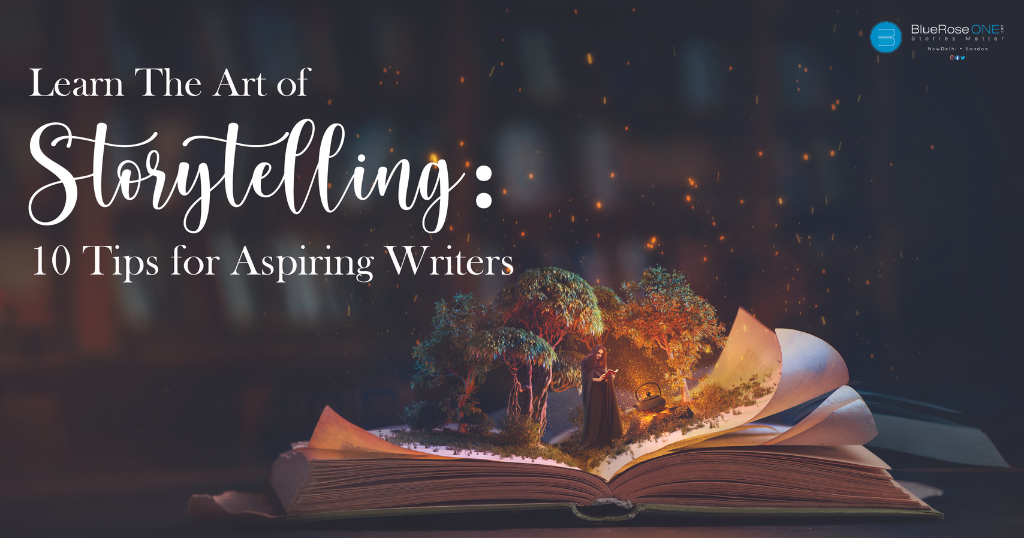
Learn the Art of Storytelling: 10 Tips for Aspiring Writers
Storytelling is an ancient and powerful craft that has been a fundamental part of human culture for millennia. From cave paintings to epic poems, oral traditions to novels, storytelling has evolved and adapted over the years, but its essence remains the same: to captivate, entertain, inform, and inspire. Read: A Complete Guide on How to Make Your Book an International Bestseller If you’re an aspiring writer looking to master the art of storytelling, you’ve come to the right place. In this digital age, where stories are told through various mediums, including books, films, podcasts, and social media, understanding the core principles of storytelling is more important than ever. In this article, we’ll explore ten tips to help you become a better storyteller and provide examples to illustrate each point. The art of storytelling is a skill that can be learned and perfected over time. Whether you’re writing a novel, creating a digital narrative, or using storytelling in marketing, these ten tips will serve as a solid foundation for your storytelling journey. Remember that practice, persistence, and a willingness to learn from both successes and failures are keys to becoming a masterful storyteller. By honing your craft, you can captivate your audience, share your message, and leave a lasting impact through the art of storytelling. So, go ahead and embark on your storytelling adventure; your audience is waiting to be enchanted by your words.
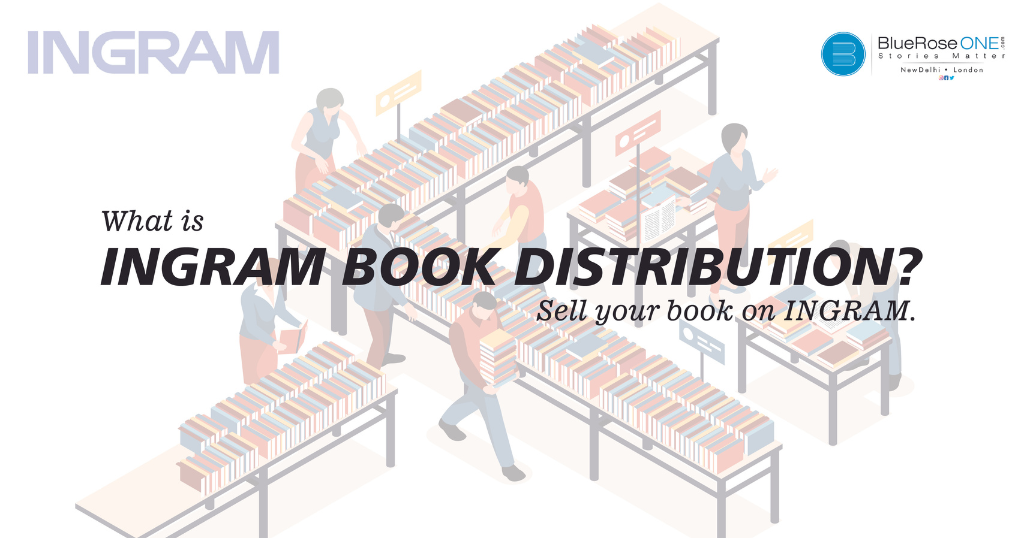
Ingram Book Distribution: A Gateway to Wider Readership
When it comes to publishing your book, the process doesn’t end with writing and editing. You also need a reliable means of distribution to ensure that your work reaches a wider audience. This is where Ingram Book Distribution comes into play. In this guide, we’ll explore what Ingram Book Distribution is and how it can help you sell your book to a global readership. What is Ingram Book Distribution? Ingram Book Distribution, often referred to as Ingram Content Group, is one of the world’s largest book distribution and publishing services companies. They provide comprehensive solutions for publishers, authors, and retailers to bring books to market efficiently. Ingram offers a wide range of services and tools, making it easier for authors to list, publish, and sell their books. Here are some key aspects of Ingram’s services: How to Sell Your Book on Instagram? Selling your book through Ingram is a multi-step process that begins with getting your book into their distribution network. Here’s a step-by-step guide on how to sell your book through Ingram Book Distribution: Benefits of Using Ingram Book Distribution: In conclusion, Ingram Book Distribution offers a comprehensive solution for authors and publishers looking to get their books into the hands of readers around the world. Their extensive distribution network, print-on-demand services, catalogue and listing services, and publishing support through IngramSpark make them a valuable resource for authors. If you’re looking to sell your book on a global scale and take control of your publishing journey, Ingram is an essential partner in your publishing endeavours.
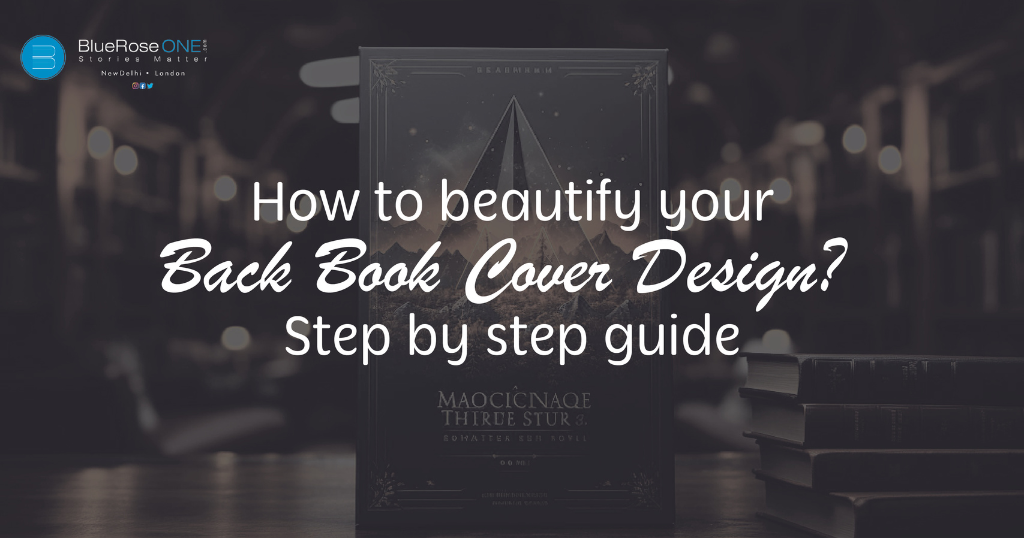
How to Beautify Your Book’s Back Cover Design: A Step-by-Step Guide
Many writers and publishers invest a lot of work into developing an eye-catching front cover when it comes to designing a book cover. While the front cover is unquestionably significant, the rear cover is as vital in terms of leaving a lasting impression on potential readers. Read: What is Pathos in Literature: Definition, Examples, and Their Impact on Literary World? A well-designed back cover not only contains important information, but it also enhances the overall beauty of your book. In this step-by-step guide, we’ll teach you how to improve the design of your book’s back cover to make it truly stand out. Step 1: Understand Your Audience Before you start designing the back cover of your book, it’s essential to understand your target audience. What kind of readers are you trying to attract? Knowing your audience will help you make design choices that resonate with them. Consider factors such as genre, age group, and the message you want to convey. Step 2: Gather the Necessary Information The back cover of a book should include specific information to entice readers and provide essential details about the book. Here are the key elements to include: You may also like: How to make book design more appealing to the reader Step 3: Choose a Layout The layout of your back cover plays a significant role in the overall design. Here are a few layout options to consider: Step 4: Typography and Fonts The choice of fonts and typography can greatly impact the readability and aesthetics of your back cover. Consider the following tips: Step 5: Color Scheme Your colour scheme should complement the front cover design and reflect the tone of your book. Here are some colour considerations: You may also like: Top 10 Best biographies of all time Step 6: Graphics and Imagery Including relevant graphics or images on the back cover can enhance its visual appeal. Consider the following: Step 7: Test Print and Proofreading Before finalising your back cover design, it’s crucial to print a proof or use a digital mockup to see how it will look in its actual size. Proofreading is also essential to catch any typos, grammatical errors, or layout issues. Step 8: Printing and Production Once you are satisfied with your back cover design, you can move on to the printing and production phases. Consider the following: You may also like: Insights from bestselling authors: The art of storytelling FAQs on Back Cover for a Book – Finally, your book’s back cover is a vital canvas for expressing information and drawing readers. By following these steps and suggestions, you can develop a visually stunning and informative back cover that compliments your book’s front cover and entices potential readers to read on. Keep in mind your target demographic and try for a design that captures the soul of your book. Read: A Complete Guide – How to make your book an International bestseller and promote it globally. Publish your book with BlueRoseONE and become a bestselling author. Don’t let your dream of becoming an author fade away, grab the opportunity now and publish your book – be it fiction, non fiction, poetry or more. Happy Publishing!

